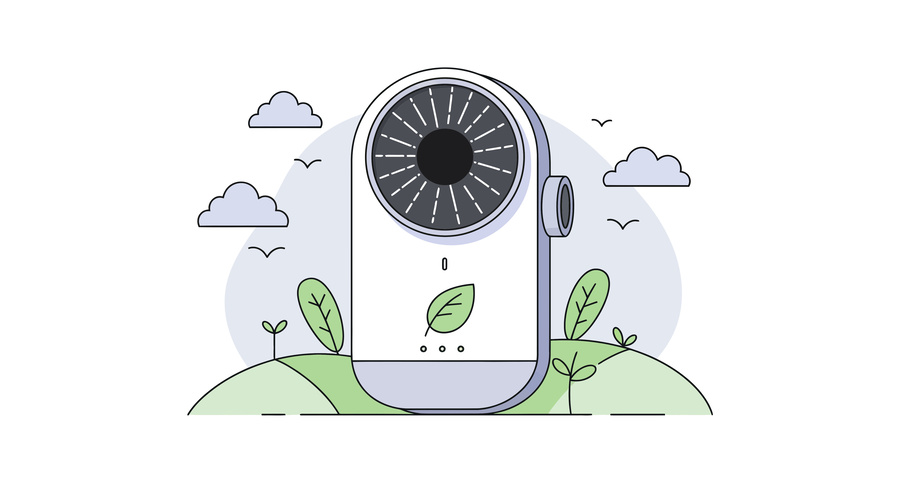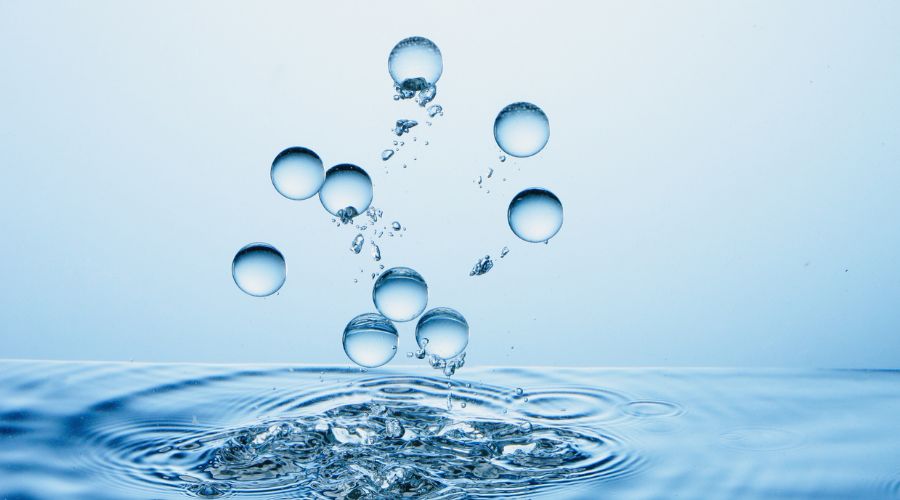Clean air is essential for a healthy home—and as awareness about indoor pollution grows, more homeowners are searching for ways to improve the air they breathe every day. From harmful particles to allergens and lingering odors, maintaining indoor air quality has become more important than ever. Many people debate whether natural solutions like plants or modern air purifiers are the better choice. Both have their merits, but which one truly delivers cleaner air? At Rainsoft A & B Marketing, we’ve worked with countless families to help them understand this balance. In this blog, we’ll explore the benefits of air purifiers vs. plants so you can make the right decision for your home and your health.
Understanding Indoor Air Quality
The air we breathe indoors can often be more polluted than the air outside, filled with allergens, dust, and volatile organic compounds (VOCs). These pollutants can cause headaches, allergies, fatigue, and even respiratory problems. Improving indoor air quality is no longer a luxury—it’s a necessity.
When it comes to choosing between air purifiers vs. plants, it’s important to understand that each contributes differently. While air purifiers use advanced technology to remove airborne particles, plants provide a natural way to freshen and humidify indoor air.
The Importance of Good Indoor Air Quality
Maintaining good IAQ is crucial for several reasons:
- Health Benefits: Clean air reduces the risk of respiratory illnesses and allergic reactions.
- Comfort: Improved air quality enhances overall comfort and well-being.
- Productivity: Studies show that better air quality can lead to improved cognitive function and productivity.
Air Purifiers: A Technological Solution
Modern air purifiers are engineered to capture and neutralize airborne particles using advanced filtration systems. They’re highly effective against dust, pet hair, smoke, and microscopic allergens that plants alone cannot handle.
Benefits of Air Purifiers
Air purifiers offer several compelling advantages:
- Efficiency: High-quality air purifiers can capture up to 99.97% of airborne particles, including dust, pollen, and smoke.
- Allergen Reduction: They are particularly effective at removing allergens, making them ideal for allergy sufferers.
- Odor Elimination: Activated carbon filters can absorb odors from cooking, pets, and smoke.
- Low Maintenance: Most air purifiers require minimal maintenance, with filters needing replacement only every few months.
Drawbacks of Air Purifiers
Despite their benefits, air purifiers have some limitations:
- Cost: High-quality air purifiers can be expensive, both in initial investment and ongoing filter replacements.
- Noise: Some models can be noisy, which may be disruptive in quiet environments.
- Ozone Production: Certain types, like ionizers, may produce ozone, a harmful air pollutant.
Plants: Nature’s Air Purifiers
When comparing air purifiers vs. plants, it’s clear that plants offer a natural way to enhance air quality. Through photosynthesis, plants convert carbon dioxide into oxygen and can absorb certain toxins.
Benefits of Indoor Plants
Plants offer a range of benefits when it comes to air purification:
- Natural Air Filtration: Certain plants can reduce levels of VOCs and other toxins.
- Increased Humidity: Plants release moisture into the air, which can improve humidity levels and benefit respiratory health.
- Aesthetic Appeal: They enhance the visual appeal of a space, contributing to a calming and inviting atmosphere.
- Psychological Benefits: Studies suggest that plants can reduce stress and promote mental well-being.
Drawbacks of Indoor Plants
While plants are beneficial, they come with some challenges:
- Limited Scope: The air-purifying ability of plants is limited compared to mechanical air purifiers.
- Care Requirements: Plants require regular care, including watering, pruning, and pest control.
- Allergies: Some individuals may be allergic to certain plants or the mold that can grow in their soil.
Air Purifiers vs. Plants: Which Should You Choose?
Deciding between air purifiers and plants depends on several factors, including your specific needs, budget, and lifestyle. Let’s explore some considerations:
Combination Approach
For optimal results, consider using both air purifiers and plants. This combination can maximize air purification while also providing the aesthetic and psychological benefits of plants. Air purifiers can handle the heavy lifting of removing pollutants, while plants contribute to a pleasant environment.
Specific Needs
If you or your family members suffer from allergies or asthma, an air purifier might be the more effective choice. On the other hand, if you’re looking to enhance the ambiance of your home while also improving air quality, incorporating a variety of indoor plants could be beneficial.
Space and Environment
Consider the size of your space and the environmental conditions. Air purifiers are ideal for larger areas and can be moved from room to room. Plants, however, are better suited for smaller spaces and require adequate light and care.
At the end of the day, both options in the air purifiers vs. plants discussion can contribute to a healthier home—but air purifiers deliver faster, more measurable results. Plants can complement the process, adding serenity and subtle purification.
At Rainsoft A & B Marketing, we recommend integrating an air purification system tailored to your home’s size and needs. Our experts specialize in advanced indoor air solutions that outperform natural alternatives alone.
If you’re ready to breathe easier, explore our selection of air purifiers designed to create a cleaner, fresher, and healthier home. Visit Rainsoft A & B Marketing or contact us today to discover how we can help you find the perfect air solution for your space.




